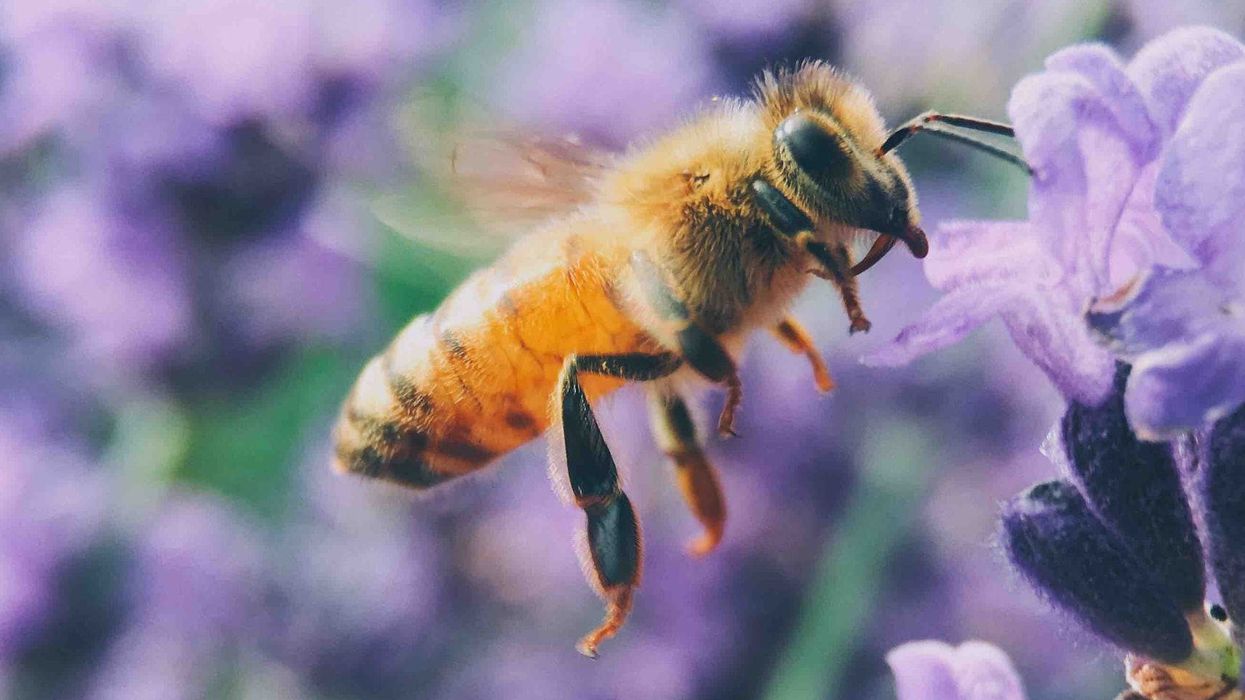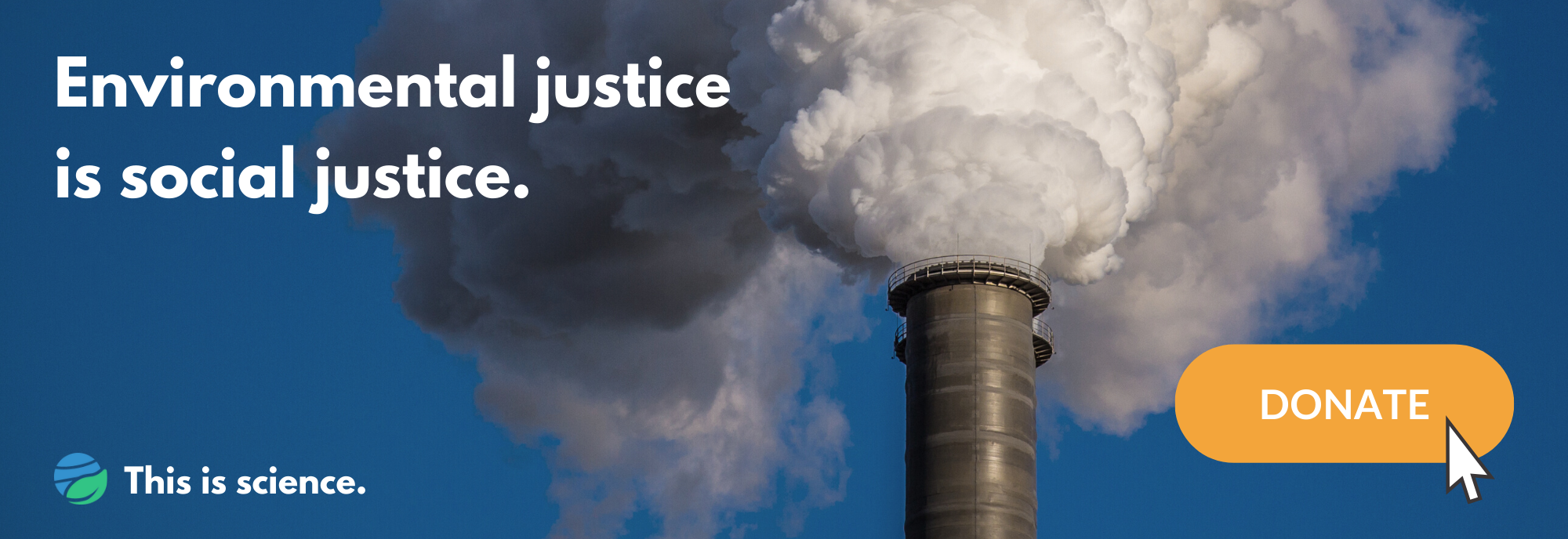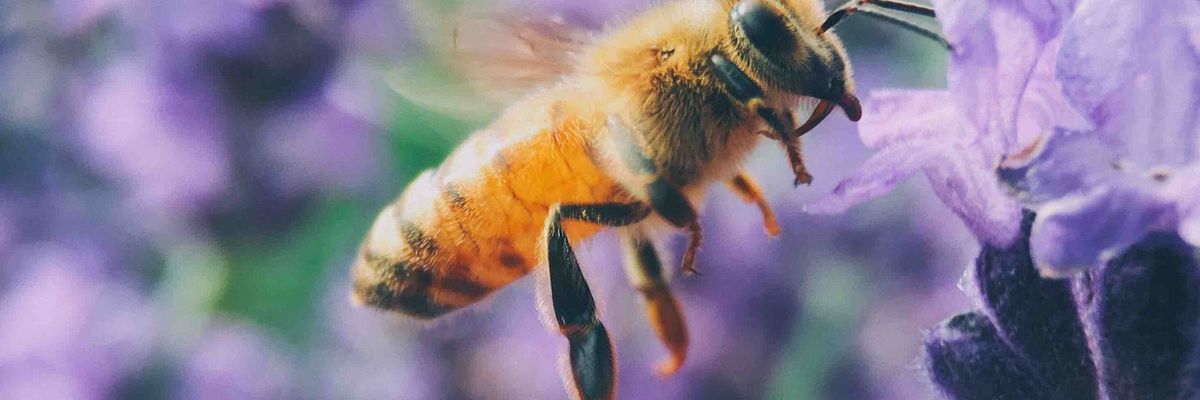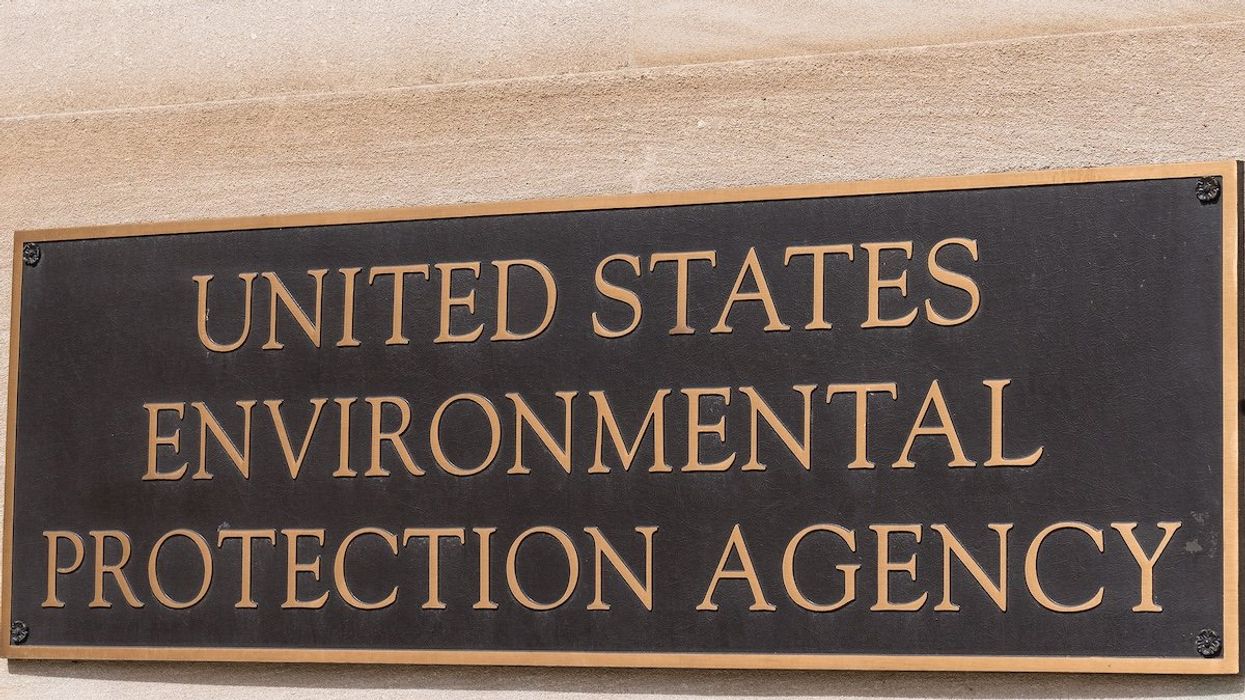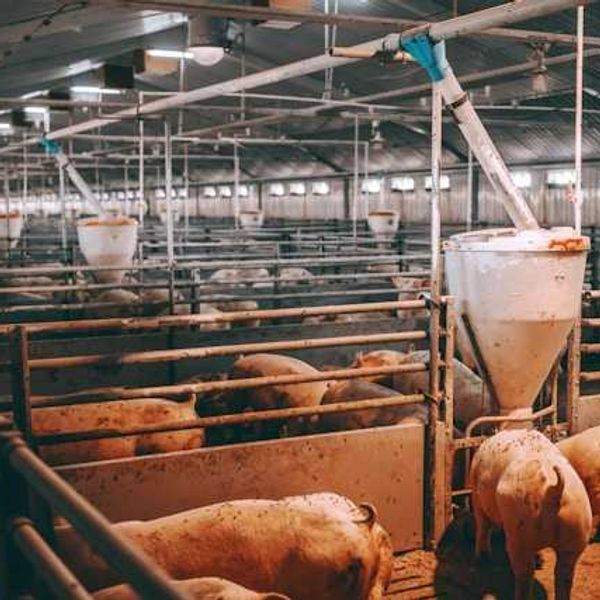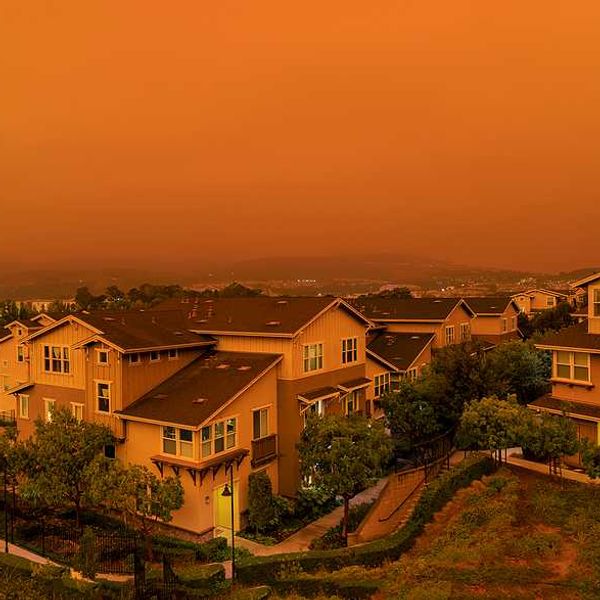The U.S. should overhaul regulation of a class of insecticides tied to excessive honey bee and bird deaths, according to a citizen petition filed Wednesday with the Environmental Protection Agency (EPA) by a coalition of more than 60 nonprofit groups.
Specifically, the groups are demanding the EPA revoke a nearly 40-year-old waiver that allows pesticide companies to bring their products to market without first providing data that proves the product benefits. The groups say the waiver dates back to a 1984 EPA declaration that stated: “rather than require efficacy data the Agency presumes that benefits exceed risks”.
The petition, which was submitted by Public Employees for Environmental Responsibility (PEER) and the American Bird Conservancy, is aimed at turning back the use of insecticides known as neonicotinoids, or neonics, which many studies have shown to be exceptionally harmful to hundreds of species.
Environmental advocates say numerous studies also show neonics are not necessary and are so detrimental to the environment that they should be banned.
“This stuff is causing all sorts of environmental problems and the environmental tragedy is multiplied because in many cases these insecticides provide farmers no benefit but at the same time they’re doing all this damage,” said Peter Jenkins, a lawyer with PEER.
The European Union has banned the outdoor use of certain types of neonics, and the United Nations has said neonics are so hazardous that they should be “severely” restricted. But in the U.S., the pesticides remain widely used, typically as coatings on corn, cotton and soybean seeds, planted by farmers to protect crops from insects and disease. Neonicotinoids are used across on an estimated 150m acres of U.S. farmland annually.
When used as seed coatings, neonics are absorbed through the roots of plants as they grow, infiltrating the leaves, stems, and pollen and poisoning insects that come into contact with the plants. Residues of the chemicals can persist for years in the environment and are blamed, along with other pesticides, for a so-called “insect apocalypse.”
Last month, the U.S. Geological Survey, a unit of the U.S. Department of Interior, reported that use of neonicotinoids has contributed – along with other factors – to a 57% decline in the western bumble bee population. The researchers said the plight of the western bumble bee is representative of “drastic declines in pollinators.”
“Chipping away”
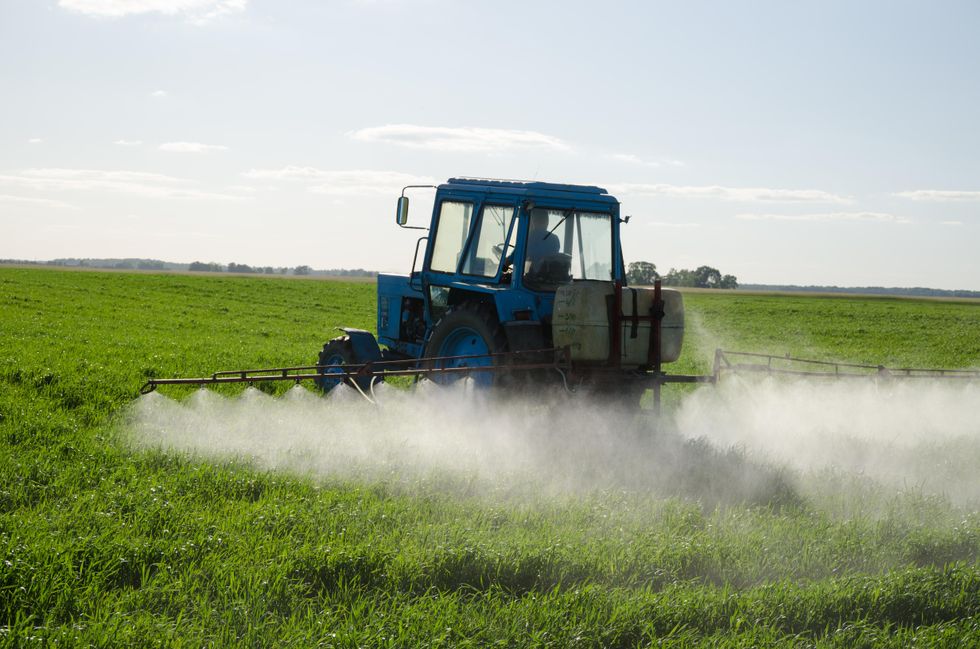
Last month, the U.S. Geological Survey reported that use of neonicotinoids has contributed – along with other factors – to a 57% decline in the western bumble bee population.
Credit: WikimediaAlong with PEER and the American Bird Conservancy, the petitioners includes Beyond Pesticides, Center for Biological Diversity, Center for Food Safety, Endangered Species Coalition, Farmworker Association of Florida, Friends of the Earth, Natural Resources Defense Council, Pollinator Stewardship Council, and the Sierra Club.
The petition is the latest tactic by the groups targeting neonics. The Natural Resources Defense Council (NRDC) sued the EPA in 2017, alleging the agency failed to comply with the Endangered Species Act when approving dozens of types of neonics. As part of a settlement, the agency conducted an analysis of the impacts of three commonly used neonics.
The EPA reported in June of last year that evaluations of clothianidin, imidacloprid, and thiamethoxam found that those neonics are likely to ‘adversely affect” the vast majority of over 1,700 endangered or threatened species and the majority of 800 designated habitats for those listed species. The agency says it plans to finalize mitigation measures to reduce neonic exposures for the endangered and threatened species in 2024.
“Historically they’ve always been pro-pesticide and it’s been impossible to get them to agree to major changes,” Jenkins said of the EPA. “We just keep chipping away but it’s an uphill battle.”
The petition specifically calls for the EPA to reinstate performance data requirements and says if the companies failed to provide such information, the EPA should revoke their product registrations. The rule change would include products currently on the market.
Treated seeds
The use of neonics as seed coatings has been particularly harmful to the environment for a number of reasons, including what critics say are weaknesses in the regulatory framework that essentially allows use of pesticide-treated seeds to avoid pesticide regulations.
Last year, a committee of state regulators under the umbrella of the Association of American Pesticide Control Officials called upon the EPA to amend regulations of these pesticide-coated seeds to allow for greater oversight and to fill a “regulatory gap related to environmental protection, disposal, enforcement, complaints, questions, and potential lawsuits.”
The state officials said the chemicals in the coated seeds are linked to water quality concerns, deaths of birds, and harm to pollinators tied to residues in drifting dust during planting and harvesting seasons, among other problems.
On Feb. 17, several environmental and public health groups filed a legal action against the California Department of Pesticide Regulation for allegedly failing to regulate treated seeds, and allowing their use to go “wholly untracked, perpetuating significant harms to California’s environment.”
The complaint, filed in Alameda County Superior Court, states that treated seeds are a “major source of pesticide contamination of soil and water in California and across the nation.”
“The failure to regulate treated seeds creates a gigantic regulatory blind-spot — allowing one of the largest and most widespread uses of pesticides to go almost completely untracked and unregulated,” Daniel Raichel, acting director of the pollinator initiative at the Natural Resources Defense Council, said in a press release announcing the action.
The dangers of neonic-coated seeds were spotlighted two years ago in the rural community of Mead, Nebraska, when it became known that large qualities of the seeds were being disposed of at a local ethanol plant, and waste product containing neonic residues migrated throughout the community, sickening animals and killing off bee colonies at a university research site. A contingent of seed companies now are spending tens of millions of dollars to clean up contaminated water and soil in the area, and medical researchers are monitoring residents for any health impacts
- Controversial insecticides pervasive in Great Lakes tributaries ›
- Winged Warnings: New generation ›
- Op-ed: This loophole allows pesticide-coated seeds to kill birds. It’s time to close it. ›
- Common insecticide threatens survival of wild, migrating birds ›

